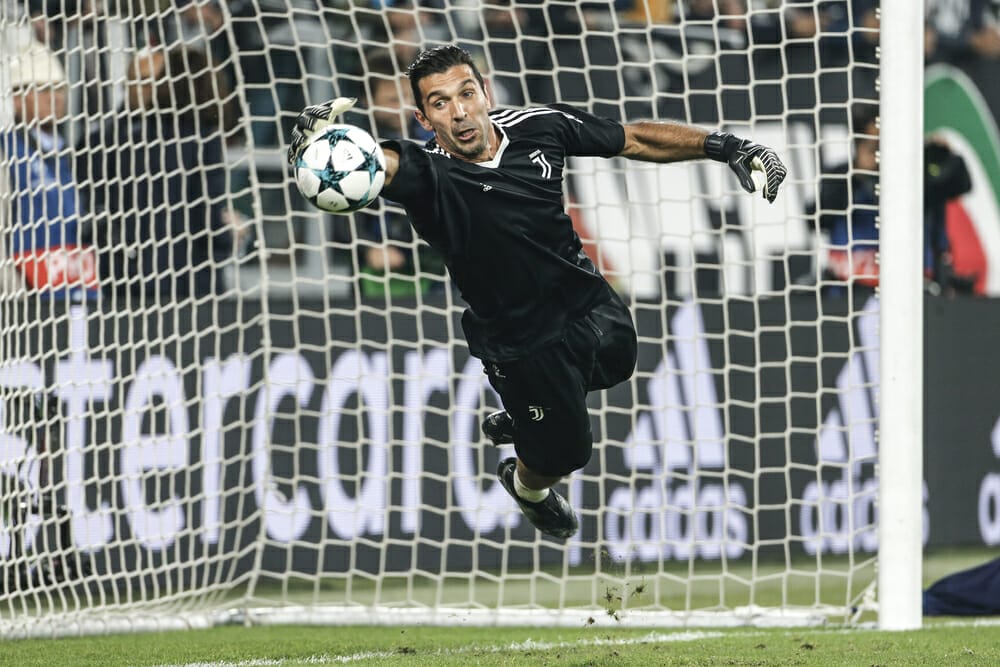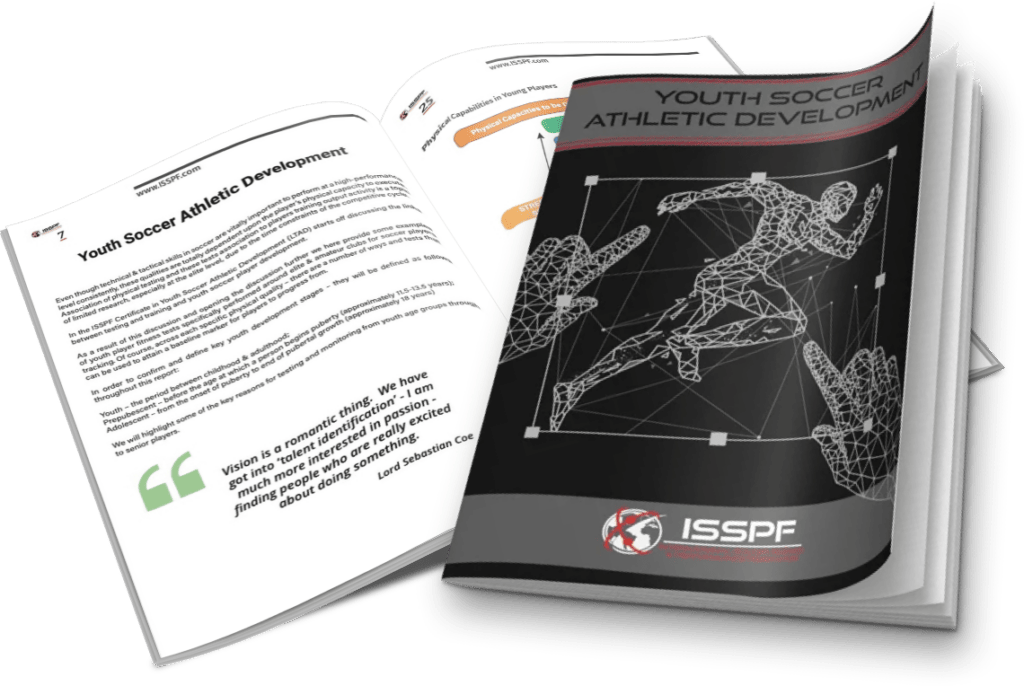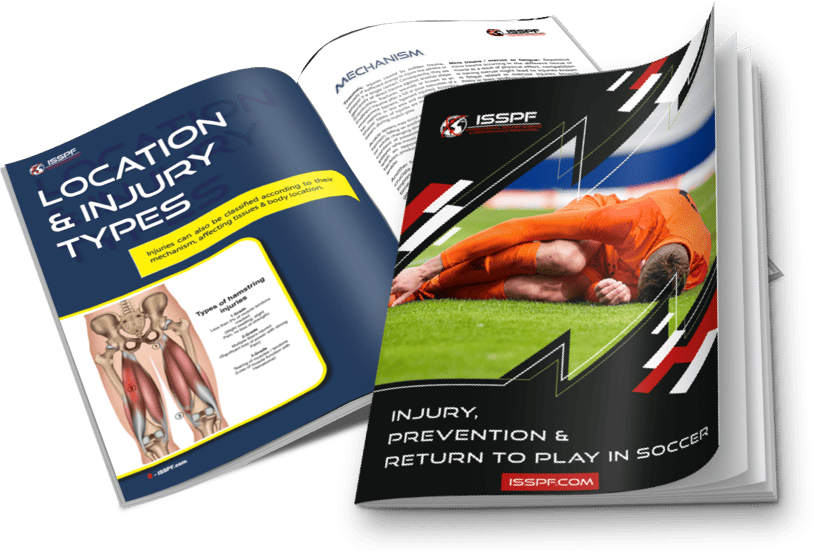Article written by Jose Maria Oliva-Lozano
Electronic Performance & Tracking Systems
Sporting competition in this modern era, at the very elite level is rapidly moving towards a more systematic data assessment of individual and collective team training and match performance. Within team sports across the globe, various performance tracking systems and technologies are being used to guide performance practitioners. GPS or ‘global positioning systems’ are probably the most used physical performance monitoring tool reported in both literature and from a visual perspective.
A few years back, FIFA proposed something known as the ‘Quality Programme’ which was considered a vitally important step given how the aim was to set internationally recognized, industry standards for electronic performance and tracking systems (EPTS). As previously mentioned, these EPTS track player’s position and in some cases are combined with inertial sensors (e.g., accelerometers or gyroscopes) or physiological sensors (e.g., heart rate monitors) as described in detail within the highly regarded and best-selling ISSPF Online course in Training Load Management. The ISSPF online Soccer Load Management course exposes you to the specific methods and processes used by elite level coaches to plan and monitor the training load of players and teams. You’ll learn the strategies for maximising the fitness, freshness and performance of your players, while reducing their risk to injury.
Furthermore, some tracking systems include camera-based or different wearable technologies to control athletic performance. For example, the three forms of EPTS reported and developed to date are: global navigation satellite systems (GNSS), local positioning systems (LPS), and optical tracking systems (OPT). The picture above shows an example of a player wearing a performance tracking unit, which combines GNSS, LPS, inertial and physiological sensors, in a harness vest.
A positive consequence of such developments in sporting technology, coaches subsequently have access to a wide range of detailed parameters or performance metrics which allow a better understanding of both technical, tactical and athletic performance. One key issue with the rapid development of technology however, is the validity and reliability of the data or results provided. Research in this area performed by Oliva-Lozano and Muyor, published a substantial study in which they detailed the key guidance on the interpretation of the results of FIFA’s EPTS quality performance reports.
Within the report, FIFA invited all interested EPTS providers to participate through provision of the velocity and positioning data, which were collected from different types of EPTS (GNSS, LPS, and OPT) brands, before being sectioned into various velocity bands, and validated against gold-standard reliability measures. Once the data had been analyzed, the FIFA quality performance reports for EPTS was submitted and published online. These reports were based around a color-coded scale, ranking the results for both the positioning and velocity data in different velocity bands. Therefore, each EPTS obtained a its grading based on current industry standards [Well Above, Above, Standard, Below, Well Below, or even less].
Based on the research provided by Oliva-Lozano and Muyor, (2022) results suggested how FIFA’s rating scales for the EPTS is sufficient for practitioners to implement and be aware of the data sets, understanding the conclusions of the study in relation to their own systems and reporting of the data. Moreover, the authors of the EPTS study into the FIFA ‘Quality Programme’ identified several key methodological outcomes regarding specific testing conditions that need to be considered before interpreting the results from each EPTS.
Specifically, comparisons between GNSS, LPS and/or OPT systems are not advisable because of the testing day, testing venue, data submission, training drills used, speed velocity bandings, amongst other factors associated with the total number of satellites available for GNSS, total of LPS antennas, and cameras for OPT systems. As an example, if practitioners know that OPT systems lose a bit of accuracy in very high-speed bands and one system is tested using a different sample (e.g., faster players vs slower players, younger players vs older players), the ability to reach these actions may vary between samples.
This information is key for practitioners and coaches, as it is important to understand that discussions have been ongoing regarding the FIFA quality performance reports, particularly when the findings are used to compare accuracy between systems.
How does GPS improve performance?
- GPS can assist when focusing the needs of specific football or team sport athletes and provide better individual development.
- GPS can also help to structuremore effective training sessions as a way of keeping their players fresh.
- GPS can assist in the practice design phase of sessions.
- The use of performance data can be a positive aid in order to make more informed coaching decisions in-game or post-game.
In summary of this short article, and in this regard, Oliva-Lozano and Muyor, (2022) conclude how “practitioners should consider the main aim of this FIFA testing process, and place greater importance on comparing the different EPTS to the gold standard values rather than directly comparing between the results obtained from each EPTS”.
Reference used: Oliva-Lozano, J. M., & Muyor, J. M. (2022). Understanding the FIFA quality performance reports for electronic performance and tracking systems: from science to practice. Science and Medicine in Football, 6(3), 398-403.
Take the Sport Science & Football Course
Sport Science Performance Course
Share this article:










